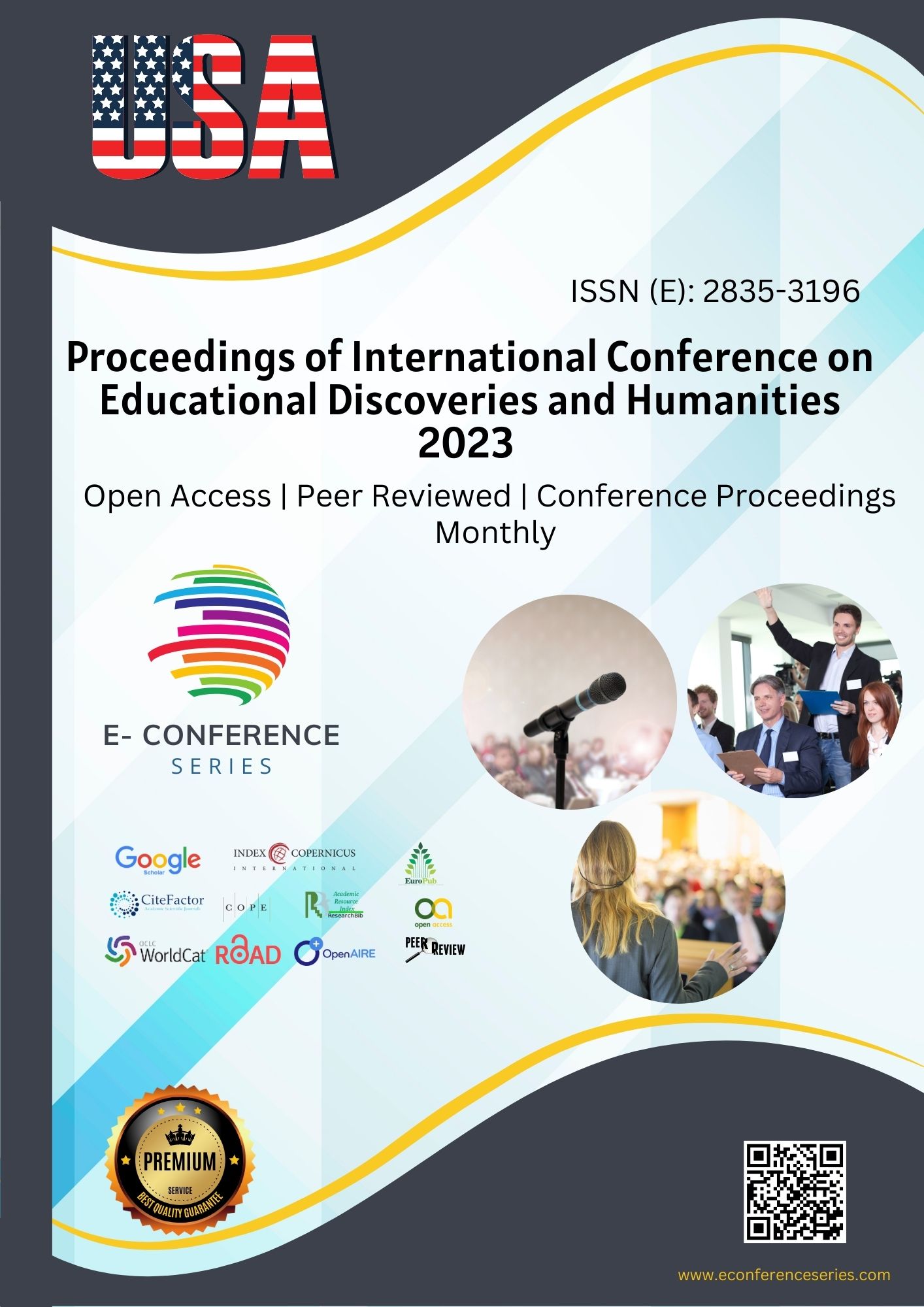SOURCE STUDIES OF DEPORTATION POLICY IN CENTRAL ASIA
Keywords:
Deportation, demographic consequences, consolidate society, immigrant,Abstract
World War II (1939-1945), as noted above, Bringing very diverse demographic consequences for Uzbekistan released. In particular, it is the national composition of the population of the Republic was also directly reflected in the characteristics. The child is of the age of seeing men were called to the front and many of them died in the war As a result, the birth rate among the native population decreased. War In the years, the process of family formation among the population has naturally decreased families were also left without men, and the natural increase of the population is the lowest fell to the level. Population migration during the war years had a great positive effect in terms of demographic growth. It is known that when the war started, the population of the military district was moved to the interior of the country - to the eastern regions of the country, including the Central Asian Republics and Kazakhstan. This article presents facts about the source studies of deportation policy in Central Asia.
References
Alimova D.A. Religious tolerance and humanistic ideas national progressive intelligentsia of Turkestan // History of Uzbekistan. Tashkent, 2005.
Botyrova B.N. The sovietization of the population in Uzbekistan resettlement policy (1926-1941) / Tashkent, 2010.
Bugai N.F. 20-40s: Tragedy of nations // Tragic events should not be repeated. Real problems of Russian Orientalism. Moscow, 1994.
Deportation of the population of the USSR (1930-1959) 1 part. Document Downloader STAOR of the highest bodies of state administration of the USSR // Materials of the series "Man and Culture". Chapter 12. Moscow, 1992.
The Russian Federation is a confederation of repressed peoples. 1990-1992 years. Documents and materials. Moscow, 1993.
Downloads
Published
Issue
Section
License

This work is licensed under a Creative Commons Attribution-NonCommercial 4.0 International License.








